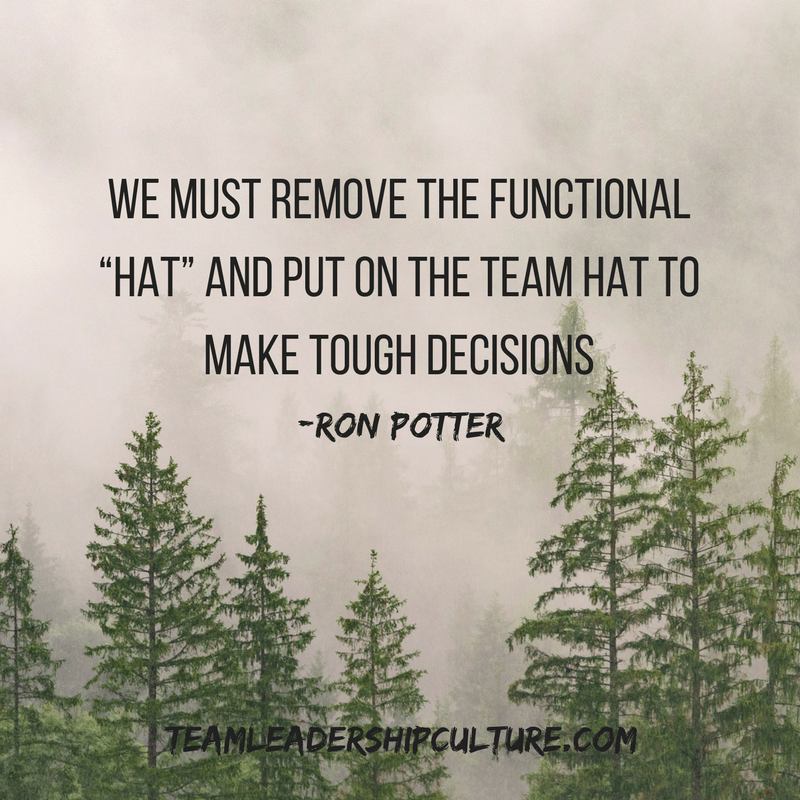Maybe you should be to acquire success
Bio science is one of the most complex areas of science. The systems are so complex and inter-related that few scientist attempt to go there. To many, it just seems too daunting.
But, as scientist begin to probe this tiny, complex world one of the key features become evident. In order for an entire system to function properly and efficiently, many of the subsystems need to function at a sub-optimal rate.
- Could that sub-system operate faster? Yes, but that would screw up the timing crucial to the overall system.
- Could that sub-system generate more heat? It could easily double its heat output but that would overheat the entire system.
- Could that sub-system be reduced in size? Yes, but without a certain momentum, it couldn’t support the benefit it provides to the overall system.
Years ago, the book Fifth Discipline by Peter Senge introduced us to the idea that we must think systemically. The system as a whole needs to operate well and that should be our goal.
I’ve often run simulations during team building sessions. The title is self-explanatory. The exercise will “simulate” a system in a smaller size and shorter timeframe so that we can grasp what’s going on as a whole. Real systems are often too large and complex or take too much cycle time for us to fully understand what’s going on. Simulations attempt to simulate what’s going on in the time of a meeting (a couple of hours) and the space of a conference room so that the dozen or fewer participants can observe the system as it operates.
One of the simulations I’ve used is “Paper Planes” created by Discovery Learning Intl. Just as the title suggests the team will build Paper Planes to meet certain specifications and performance standards. Each person is assigned to a station, equipped with the proper tools and trained well before the simulation starts.
GO! The team has 30 minutes to produce as many planes as possible. The average number of planes produced in the first 30-minute run? 0.5! That’s right, half the teams never get a single plane across the finish line. After three runs with debriefing and re-engineering time between runs, teams will often produce 20, 30, 40 planes and more. Why the difference?
During the debrief and re-engineering times, teams begin to look as the system as a whole. It often makes sense to spend less effort and manpower at certain stations (sub-optimize them) so that the whole can be productive.
So, bioscience says that some systems should be sub-optimized to keep the entire system healthy and functioning optimally. A simple manufacturing simulation says that some systems should be sub-optimized in order to produce the maximum output.
And yet when we look at corporations as a whole, we still see leaders incentivizing functions, departments and divisions to operate at optimal levels with little regard to what that does to the whole system. One thing it clearly does is establish points of friction and incentives that are odds with each other. Teams at the top never seem to gel as teams because they’re never encouraged to remove their functional “hat” and put on the team hat to make those tough decisions. The decisions that require one group to take a back seat to another group in order to optimize the whole.
Do you have a team of leaders or a group of functional heads all trying to optimize their piece? Answering this question could go a long way in discovering your maximum potential.

